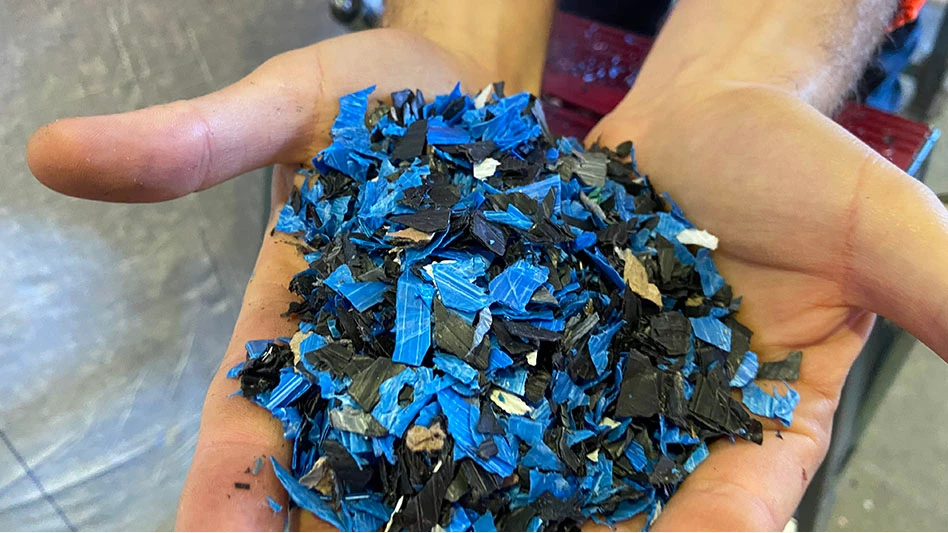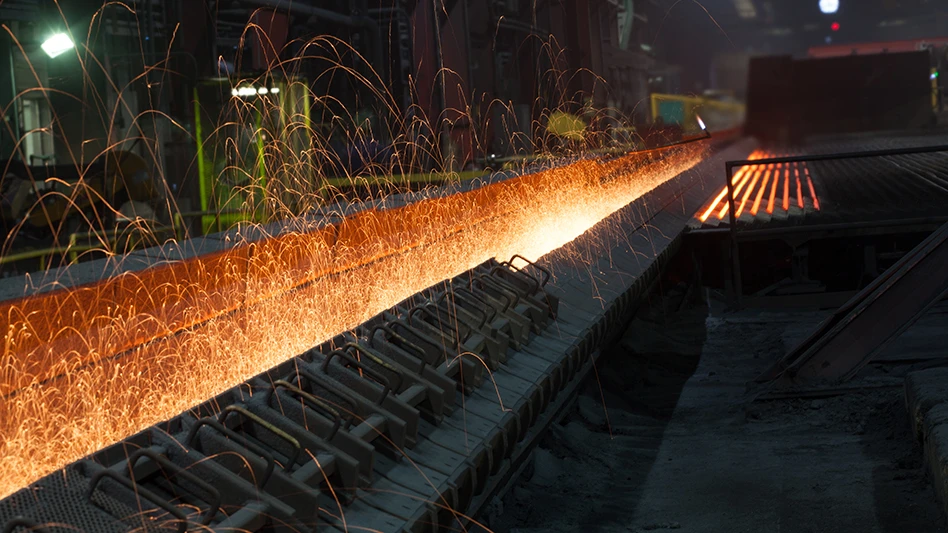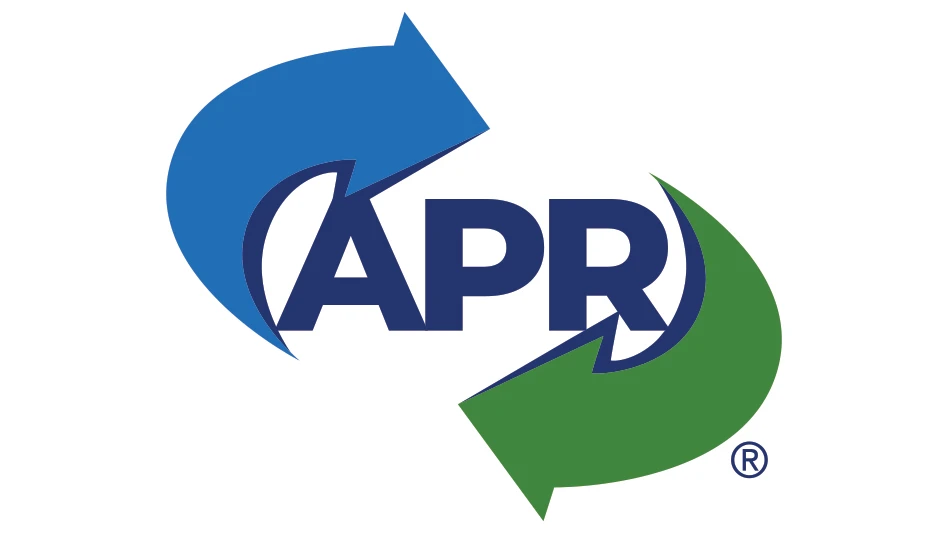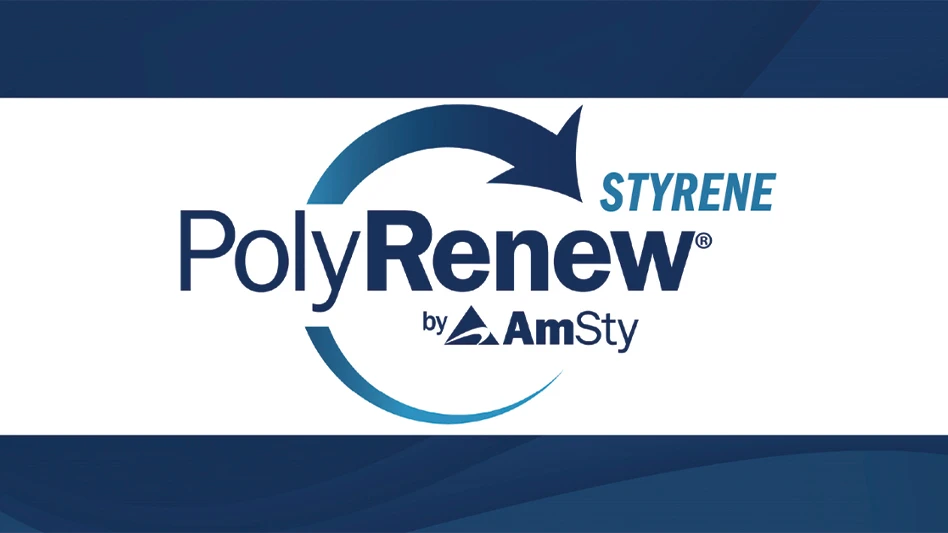Ferrous scrap is recognized almost universally as the single best leading indicator in the steel business. Swings in scrap prices often foretell the same directional changes in apparent steel demand and steel product prices. Scrap prices directly influence about 60 percent of the steel products produced in the world. They have traditionally affected long-product prices far more than sheet product prices; but, in the past few years, scrap price changes seem to be having a growing influence on hot-rolled band prices as well.
Ferrous scrap price forecasts are subject to sizable error because scrap is the last material to be consumed by steelmakers. Scrap prices swing wildly throughout the cycle, as do the spreads between the various grades of scrap.
As World Steel Dynamics (WSD) sees it, all steelmakers’ metallics, which include steel scrap, pig iron and steel scrap substitutes, reside in the same global raw material bathtub. Hence, developments in one of these material markets affect all others.
SCRAP SOURCES
The global steel and foundry industries may need about 1.7 billion metric tons of metallics (steel scrap, pig iron and steel scrap substitutes) in 2010. The components of the metallics supply may consist of about 1 billion metric tons of pig iron, 75 million metric tons of ferrous scrap substitutes and 650 million tons of steel scrap consumption.
Ferrous scrap sources fall into three categories:
- Home scrap—Material generated in the steel plant. Home scrap amounts to about 13 percent of steel production (plus foundry recovery). About 170 million metric tons per annum are generated each year.
- New scrap—This scrap material is generated by steel users when they make manufactured products and is returned immediately to the steel mills, often via processors. About 180 million metric tons, or about 14.5 percent of apparent steel consumption, are generated per annum.
- Obsolete scrap—This material is largely recovered from the scrap reservoir that’s 10 to 40 years old. Recovery may be about 300 million metric tons, or about 85 percent of the reservoir of scrap that’s, on average, from 10 to 40 years old.
Ferrous scrap pricing is driven by cost-push, demand-pull and what WSD calls “price-pull” factors. The higher the price of finished steel products, the more the steelmakers can pay for scrap and still make money. Integrated steelmakers, which may require about one-tenth of a ton of purchased scrap per ton of steel shipped, are penalized less by rising prices for ferrous scrap than are EAF- (electric-arc-furnace) based steelmakers that need to purchase about 1.03 metric tons of metallics per metric ton of steel shipped.
OUT WITH THE OLD
Obsolete (old) steel scrap resides in the global steel reservoir that, WSD calculates, amounts to approximately 10 billion to 11 billion metric tons when considering steel consumption 10 to 40 years ago, less the scrap that’s been recovered in the interim years. The reservoir that’s 10 to 40 years old, on average, appears to be about 350 million to 370 million metric tons per year.
The reservoir of scrap is growing slowly outside of China at the present time because of reduced steel demand growth in the period from the mid-1970s to the mid-1990s and rising ferrous scrap recovery as a share of the reservoir in the past 25 years. International trading in ferrous scrap, which occurs mostly in the obsolete grades, is about 90 million metric tons per year.
The shipment of ferrous scrap internationally via the use of containers has grown sharply in the past five years. It is sometimes cheaper to load a container of scrap in the middle of the United States and ship it to Turkey than it is to ship it by boat from the U.S. East Coast to Turkey.
The major price spike for ferrous scrap in the spring to summer of 2008 probably caused a sizable amount of the easy-to-collect scrap to be collected. Hence, a reduced quantity of easy-to-collect scrap may be available at current scrap prices than was the case in early 2008. Reduced construction activity in many countries is leading to less demolition activity, which means less scrap generation. Hence, even though pig iron production relative to steel production outside of China has risen since the spring of 2008, which implies a less tight supply/demand balance for scrap, ferrous scrap prices are up sharply in recent months—though they remain far below the levels seen in the spring to summer of 2008.
Other factors affecting the price of obsolete ferrous scrap include steel production trends; the amount of the scrap that’s recovered from the reservoir at different scrap price levels; the growth rate for the scrap reservoir that’s 10 to 40 years old (which is low outside of China); seasonal factors (less recovery when its cold); and the prices of finished steel products.
Snowstorms and cold weather this past winter probably dampened the collection of scrap to a greater extent than normal in the United States.
Scrap prices in July 2008 hit an unsustainable peak—unsustainable in part because obsolete ferrous scrap recovery surged at these price levels. No. 1 heavy melting steel (HMS) scrap in the United States rose to $550 per gross ton (a gross ton is 2,240 pounds versus 2,204.62 pounds for a metric ton). The U.S. shredded scrap price rose to about $700 per ton, briefly, and U.S. prime scrap (No. 1 busheling) surged briefly to $950 to $970 per ton.
The current U.S. scrap prices, based on the latest SteelBenchmarker report, are $342 per gross ton for No. 1 HMS, $376 per ton for shredded scrap and $445 per ton for No. 1 busheling. These figures are lower than the ones we are currently hearing from scrap dealers and processors on a near-term forward-looking basis.
How high might scrap prices rise in the United States in the months ahead? WSD thinks the upper limit may be about $450 per ton for No. 1 HMS scrap, about $525 per ton for shredded scrap delivered to the steel mills and about $700 per ton for prime scrap.
PRIME TIME
Prime industrial scrap, which some contacts report has risen to about $500 per ton, is priced in line with the export price of pig iron that’s also about $500 per metric ton, FOB (freight on board) the port of export. The price of steel scrap in China—the No. 1 heavy melting equivalent—is about $429 per metric ton. Pig iron in Shanghai is about $439 per metric ton, delivered to the steel mill.
Prime industrial scrap usually sells at a huge premium to No. 1 HMS and shredded steel scrap during periods of steel price boom. However, it sells at only a moderate premium when the steel market is especially weak. Prime scrap is valuable especially for the steel mills that make steel sheet and special bar quality products. Prime scrap has low impurities (residuals), which makes it an ideal metallic source when producing, via the EAF steelmaking process, steel sheet for deep-drawing applications.
In the United States, the EAF-based mini-sheet mills need about 13 million tons per year of high quality metallics, including prime grades of ferrous scrap. In comparison, only about 16 million tons of prime scrap are being generated annually in the U.S. presently. For this reason, the mini-sheet mills at times are heavy importers of pig iron and hot-briquetted iron.
Since 1989, about 40 thin-slab/hot-strip mills have been built globally that rely on the EAF steelmaking (scrap-using) route. These mills may need to purchase about 45 million metric of high quality metallics per year, including prime scrap, given combined steel production in 2010 of perhaps 60 million metric tons; 70 percent of the metallics supply needs to be high-grade prime scrap or equivalent items (such as pig iron and scrap substitutes); and about 1.1 metric tons of purchased ferrous scrap and other metallics are needed per metric ton of finished steel product.
A number of new thin-slab plants based on the EAF steelmaking route, using ferrous scrap as the feedstock, have or are starting up in the Mediterranean Sea region. In a few years, they may need an additional 7 million metric tons annually of prime scrap, pig iron and steel scrap substitutes.
World Steel Dynamics, Englewood Cliffs, N.J., is a strategic information service providing perspectives on possible and probable steel industry developments. WSD regularly analyzes and publishes reports on steel prices, steelmakers' costs, steel supply/demand and steel finances. More information is available at www.worldsteeldynamics.com.
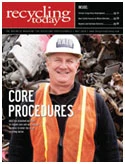
Explore the May 2010 Issue
Check out more from this issue and find your next story to read.
Latest from Recycling Today
- AF&PA report shows decrease in packaging paper shipments
- GreenMantra names new CEO
- Agilyx says Styrenyx technology reduces carbon footprint in styrene production
- SABIC’s Trucircle PE used for greenhouse roofing
- Hydro to add wire rod casthouse in Norway
- Hindalco to invest in copper, aluminum business in India
- Recycled steel price crosses $500 per ton threshold
- Smithers report looks at PCR plastic’s near-term prospects
